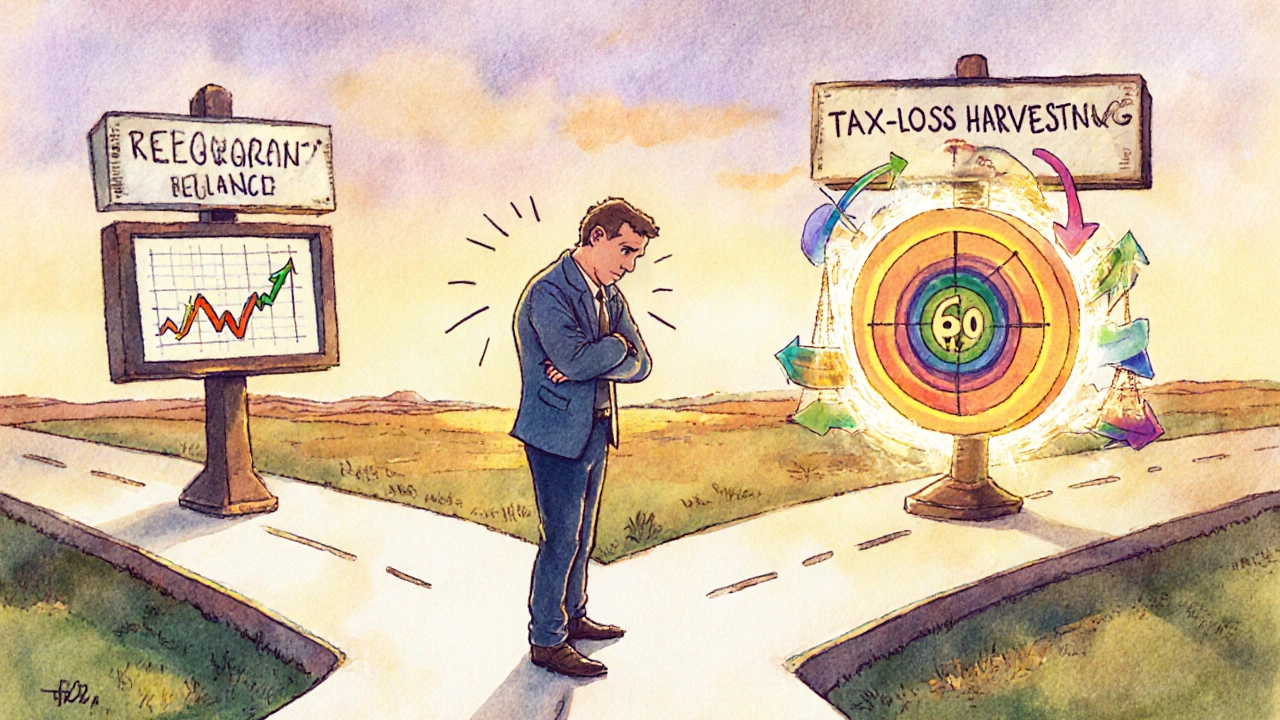Capital Gains Tax: How to Keep More of Your Investment Profits
When you sell an investment for more than you paid, the profit is called a capital gain, the profit you make from selling an asset like stocks, ETFs, or real estate. Also known as realized gain, it’s not taxed until you actually sell—giving you control over when and how much you pay. That’s the first big win: timing. If you hold an investment for more than a year, you qualify for the lower long-term capital gains rate, which can be as low as 0% depending on your income. If you sell within a year, it’s a short-term gain—and taxed at your regular income rate, which could be twice as high.
This is where asset location strategy, the practice of placing different types of investments in the right kind of accounts to minimize taxes becomes powerful. You don’t just pick investments—you pick where they live. High-growth stocks? Put them in a Roth IRA, a tax-free account where withdrawals in retirement don’t trigger capital gains tax. Bonds or funds that generate lots of yearly income? Keep those in tax-deferred accounts like a 401(k), so you delay paying taxes until withdrawal. And for taxable brokerage accounts? Stick with tax-efficient ETFs that rarely distribute gains. This isn’t guesswork—it’s a system used by investors who keep more of their returns.
And here’s something most beginners miss: tax-efficient investing, a strategy that minimizes tax drag by choosing investments and timing trades to reduce taxable events isn’t just about avoiding taxes—it’s about letting compounding work harder. Every dollar you save on taxes stays invested, grows, and compounds over time. One study showed that investors who used asset location strategies kept an extra 1.5% to 2% in annual returns compared to those who didn’t. That’s not a small edge—it’s the difference between retiring in 25 years or 30.
But you don’t need to be a pro to start. You can begin today by checking your brokerage statements. Look at your recent sales. Were they short-term? Could you have waited? Are your most tax-heavy investments sitting in a regular account? Even small tweaks—like holding a stock for 367 days instead of 365—can save you hundreds, maybe thousands, over time. And if you’re using a taxable account, a regular brokerage account where you pay taxes on dividends and capital gains each year, you’re already paying more than you need to if you’re not pairing it with smart placement.
The posts below show you exactly how to apply this. You’ll find real examples of how people reduced their tax bills by shifting investments between accounts, how partial rebalancing cuts capital gains exposure, and why some ETFs are built to avoid triggering taxes altogether. You’ll see how robo-advisors handle this automatically for teens and how even small business owners can use these rules to protect their investment gains. No jargon. No fluff. Just clear, actionable steps you can use right away to keep more of what you earn.
Tax-Loss Harvesting While Rebalancing: How to Coordinate Moves for Better After-Tax Returns
Tax-loss harvesting while rebalancing lets you cut your tax bill while fixing your portfolio’s allocation. Learn how to do it right, avoid wash-sale traps, and boost after-tax returns by up to 1% a year.
View More